'The Orville' Season 3 episode 6 puts poor Malloy through an emotional wringer
Will Lieutenant Malloy's egg salad sandwich come back to wreak havoc on the crew of the Orville in three month's time?
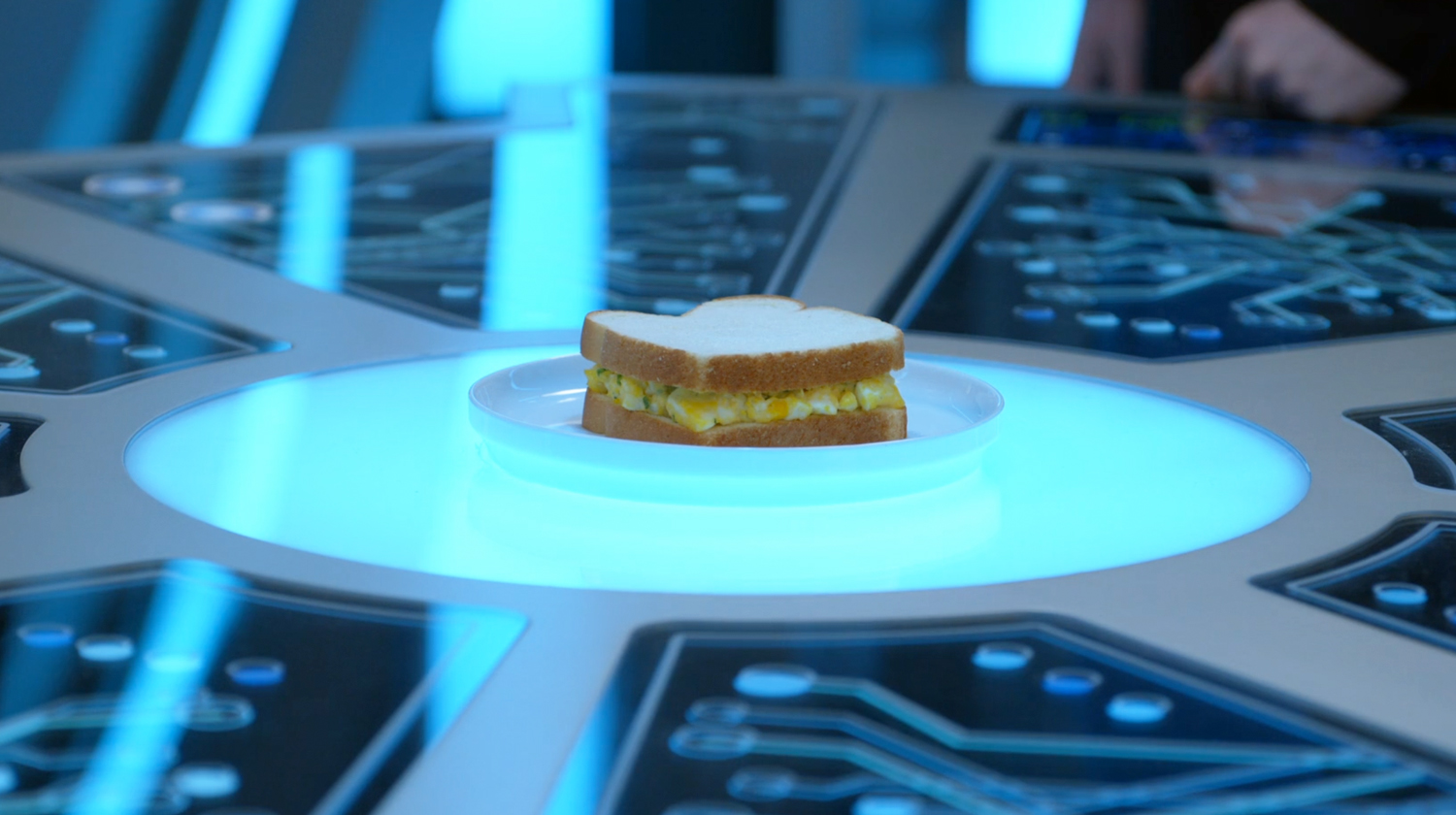
Warning: Spoilers ahead for "The Orville" season 3, episode 6
This third season of "The Orville" seems to be fully utilizing previous episodes and past storylines, from both the first and second seasons, and why not?
Last week we saw the next chapter in the life of young Topa, a story arc that started early in Season 1. The week before tapped once again into the ongoing Tyler/Teleya Krill story. This week is no exception in continuing an existing story — but, rather than just dragging yet another existing sub-plot through the motions — it's an enthralling rollercoaster of highs and lows that, for the most part, makes for another effective episode. That said, there are more flaws in the fine details this week than there have been in any episode this season so far and, tragically, they let this otherwise emotional installment down, just a little bit.
This week's episode, entitled "Twice in a Lifetime" begins with the super-talented Scott Grimes singing, and if you know your "Orville," that should be an instant clue as to what's coming next. The last time we heard him putting his vocal chords through this much exercise was in the Season 2 episode "Lasting Impressions" (S02, E11), which is the episode where a time capsule is retrieved from 2015 — 400 years before the events of "The Orville" — and the contents examined. (The awesome Tim Russ guest starred in this episode as Dr. Sherman, the scientist who studies the time capsule.)
- Want to watch The Orville on Hulu? Try it free for one month.
- Subscribe to Hulu for $6.99/month or $12.99/mo without ads
In that installment, Lt Malloy (Scott Grimes) falls in love with the long-since deceased owner of an iPhone that was contained in the time capsule, a struggling singer named Laura Huggins (Leighton Meester). He uses the holodeck to recreate scenes from her life and interacts with her, even accompanying her in song in a small-time, back-street club. And now, through a very bizarre series of events, we get to see Laura Huggins once more.
So sit back, temporarily suspend your belief in the laws of physics, forget for a short time the potential issues caused by one or two plot holes and enjoy this thoroughly entertaining episode.
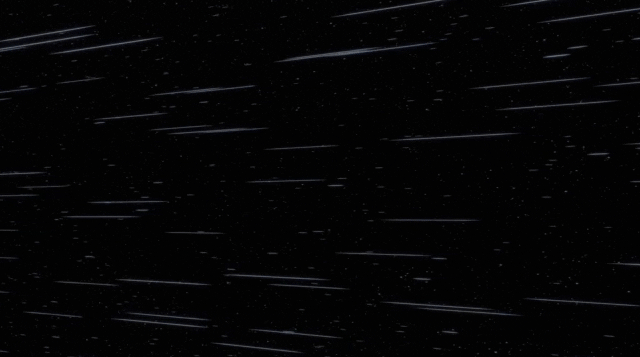
We begin with Lt. Cmdr. John LaMarr (J. Lee) performing an experiment with what has become known as the "Aronov device." Do you remember the very first episode of the first season, "Old Wounds?" The Orville was dispatched to the Epsilon Science Station on Epsilon 2 to collect a prototype time manipulation device developed by Dr. Aronov (Brian George). Despite an ambush by the Krill, they are able to escape relatively unscathed. Then, during the epic two-part Season 2 finale, the device is used once again to reset the timeline after a young Kelly Grayson (Adrian Palicki) is accidently bought into the future.
Breaking space news, the latest updates on rocket launches, skywatching events and more!
Now, it seems LaMarr can expand the quantum field of the Aronov device so that it could potentially envelope a ship; he demonstrates the theory of the temporal mechanics to Captain Ed Mercer (Seth MacFarlane) by using an egg salad sandwich. LaMarr declares, while still holding Malloy's egg salad sandwich that, in 10 seconds, he will send it exactly 10 seconds into the past. Consequently, an egg salad sandwich suddenly appears, from the future, under the Aronov device and for a just a few moments, he has two. Then, he must fulfill the destiny, so to speak, and send one of the back, 10 seconds into the past.
Related: 'The Orville' Season 3 episode 5 revisits the Moclan gender controversy
If Lamarr had not followed through with his intent to send the sandwich into the past, it would have caused a temporal paradox. In which case an entirely new universe would've branched off from this one, all because of a sandwich. Oh yes. And we shall return to this later. In the meantime though, LaMarr is ultimately convinced by Malloy to send said egg salad sandwich three months into the future, so that…er, it's a surprise. We do so hope this gets revisited in another episode, because it would be a wasted opportunity for fun if it isn't.
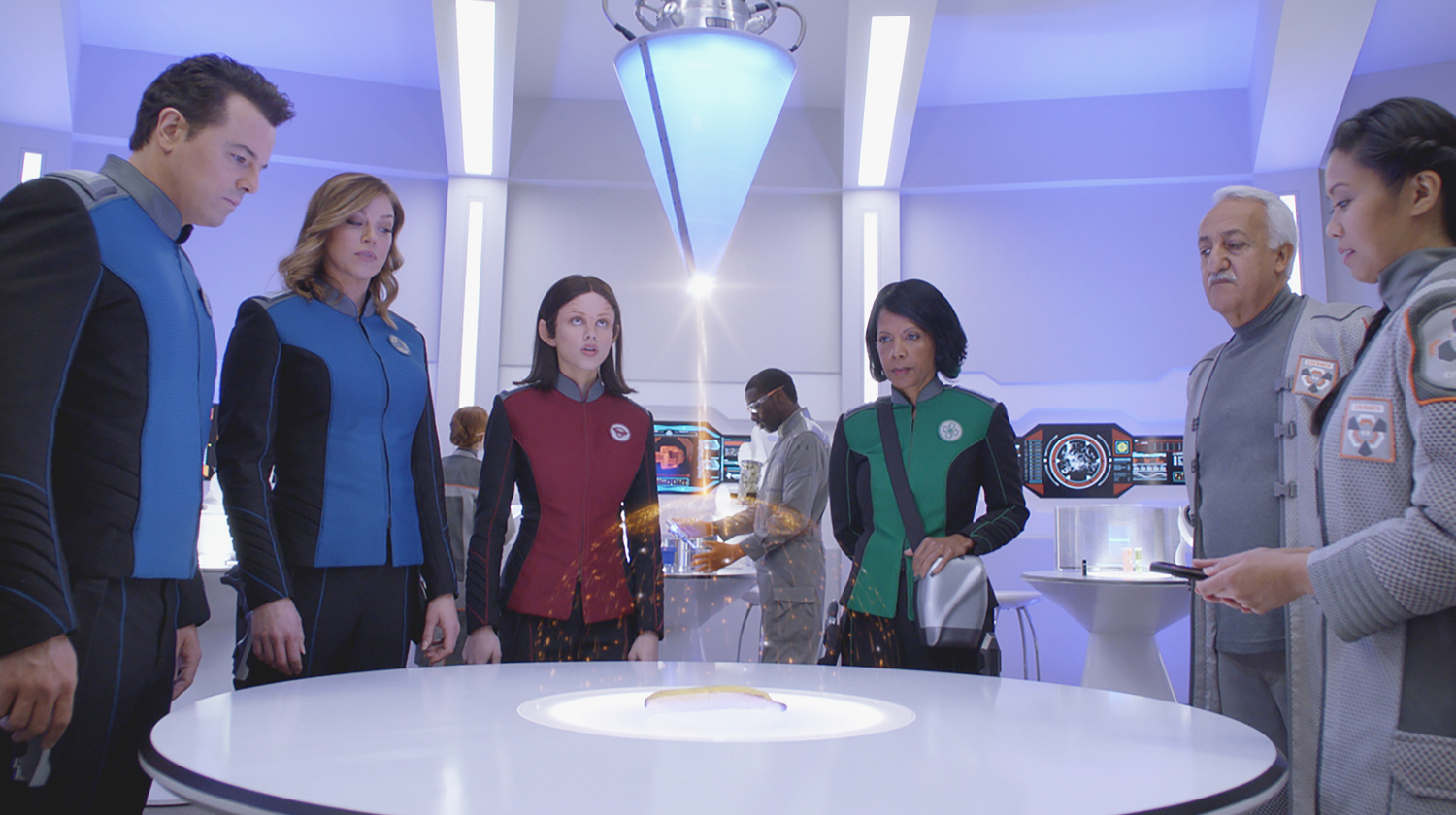
Needless to say, if this device fell into the wrong hands, namely the Kaylon, they could go back and change history. The weaponization of time travel has always been the unthinkable horror, as Admiral Perry (Ted Danson) remarks. An impressive fleet of Planetary Union ships is assembled to escort the Orville and the Aronov device to the maximum-security research station on Saavik III. However, in yet another amazing space battle (we are being so spoiled this season) the fleet is ambushed and nearly destroyed.
Facing imminent destruction, or at the very least being boarded and probably slaughtered, Malloy sprints down to engineering — making full use of that new corridor set — to destroy the Aronov device. In the meantime Isaac (Mark Jackson) attempts to use the quantum core to force an overload of the deflector array and thus disrupt the Kaylon tractor beam holding the Orville.
Related: 'The Orville' Season 3 episode 4 takes its world building to a new level
However, the resulting overload wave from the Aronov device sends Malloy 400 years into the past to the year 2015. The only way the crew discover this is that a few moments later, the ship receives a hail from a Malloy that's been travelling through space to reach their current location at this exact moment. In the badly degraded message Malloy explains that he's been trapped on Earth for six months and, unsurprisingly, he sounds thoroughly miserable.
Why is he specifically back in 2015? Well, that's a very good question. According to Isaac, "When Commander Grayson's younger self was transported to our time, we were able to confirm that human cognition played a role in the temporal displacement." As such, as a result of his thoughts earlier in the episode returning to Laura Huggins, that's where he ended up.
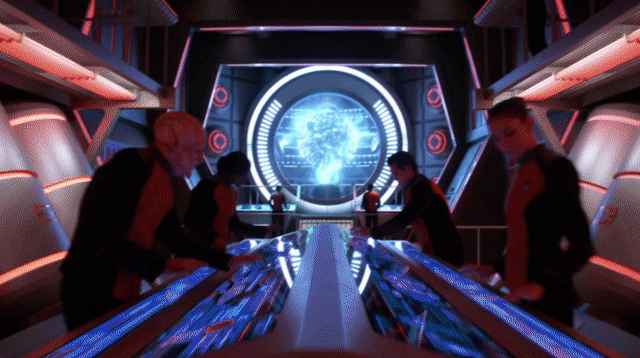
A plan is hatched to rescue Malloy. However, the essential dysonium reserves deplete before the time jump is completed and the Orville ends up in 2025 instead. Another plan is hatched, this time it involves sending an away team to Earth: Mercer and Grayson will attempt to track down Malloy and Isaac and Ensign Charly Burke (Anne Winters) will attempt to pinpoint a dysonium despoit, conveniently located somewhere in the Santa Monica mountains. Its fun to see Isaac in human form — which is basically just Mark Jackson in smart-casual attire — by way of a portable holo-emitter and thus begins one of the most emotional and ethical dilemmas probably seen since "Sanctuary" (S02, E12).
Ten years have passed for Malloy on Earth, and of course he's made a life. We learn that he tried to stay hidden in accordance with temporal law, but he was living off of wild animals that he had to kill. We know he didn't go insane or anything because of the records the Orville was able to find after he went back in time. He did what he had to do to stay alive — and therefore happy — and naturally he went to track down Laura Huggins. In this timeline, Malloy eventually married and had a son with her. He became a pilot and flight engineer for a private charter airline and died peacefully in Pasadena, California in 2068, aged 96. He sent the message to the Orville after having only been on Earth for six months.
Related: 'The Orville' Season 3 Episode 3 scores a perfect 10 from us
The whole discussion/argument dialogue between Mercer and Malloy isn't convincing, at all. Both Seth MacFarlane's and Adrian Palicki's characters are uncharacteristically unsympathetic and seem to have zero empathy for Malloy's TEN YEARS of time spent on 21st century Earth, even informing the already-extremely-confused lieutenant that he will have to face criminal charges for just staying alive and interacting with other people. Moreover, during the planning stages of this away mission, it's hard to imagine that no one saw this coming. Absolutely no one said, "Hey, he's been down there for 10 years, has anyone considered he might not want to come back?"
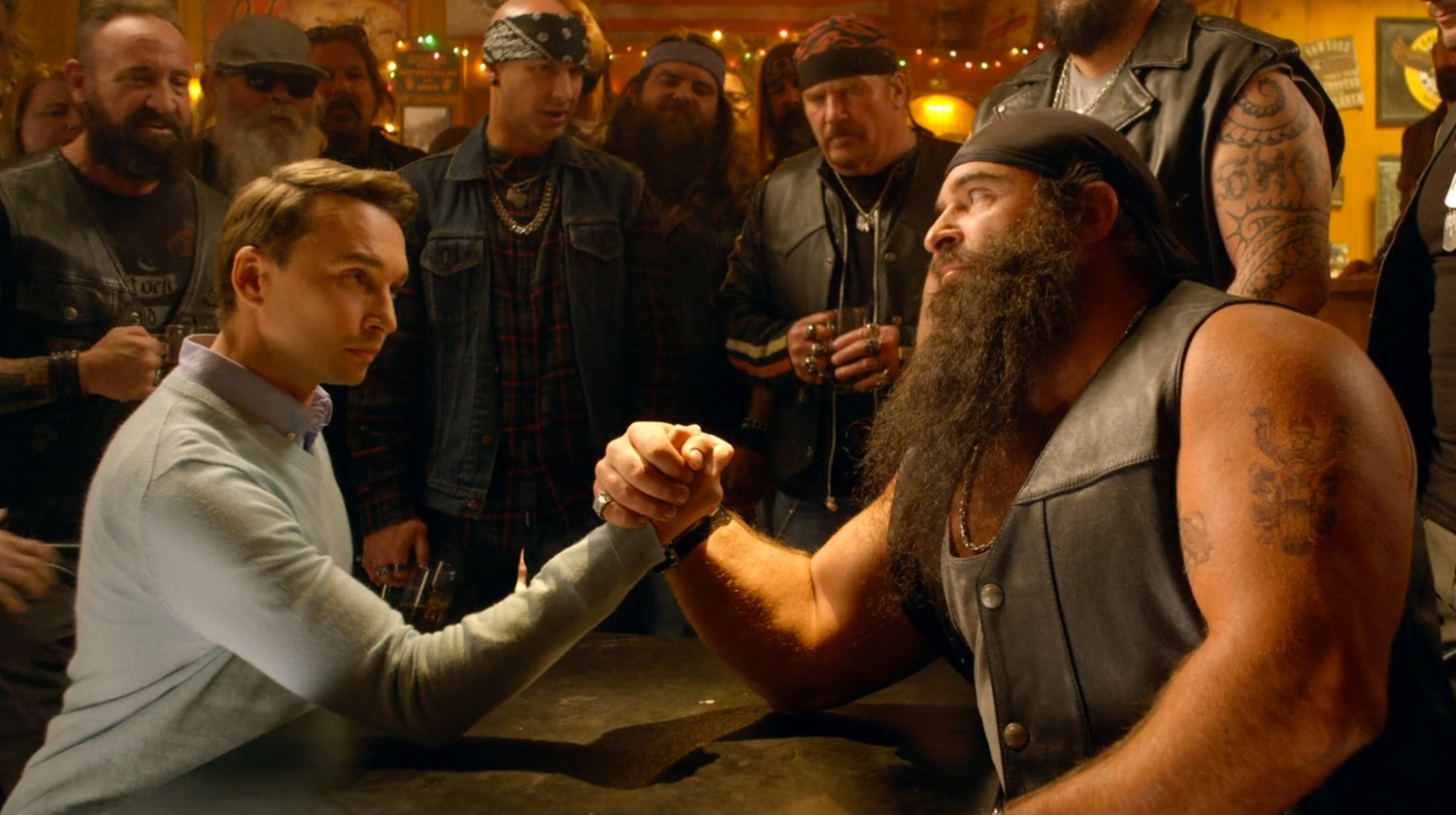
The subject of his pregnant wife Laura and their young son coming back with him is mentioned only very briefly and is instantly dismissed. So, no outcome similar to "Star Trek IV: The Voyage Home" there then. Oddly enough, Mercer's only real argument that holds water is the potential damage that may or may not affect Mercer, Grayson and everyone back in the 25th century should this series of events be allowed to continue; there seems to be little evidence, either way. In essence, the whole situation is handled with the bedside manner of an abattoir giblet cutter.
Meanwhile, Isaac and Ensign Burke find a biker bar and are able to con two unsuspecting leather-clad, Harley-Davidson-owning individuals by way of an arm wrestling contest. Isaac is an artificial lifeform constructed from super-advanced materials, so it's really no contest. The only real question is, will Isaac go Full Seth Brundle and snap his radius a lá "The Fly"..? Sadly, no. They cover the distance much more quickly now and eventually arrive at a viewing of a spacious, palatial three-bedroom bungalow that's for sale as the required dysonium despoit is a few hundred miles below the surface. While this secondary plot shows the relationship between Isaac and Ensign Burke developing, albeit very slowly, it mainly serves to fill in the gaps of the primary story and add a little humor to the proceedings.
Related: 'The Orville' season 3 episode 2 tips its hat to classic sci-fi horror
Malloy expresses his desire to stay and who can blame him? Being left little choice, Mercer decides then to repair and refuel the Aronov device and go back 10 years earlier and "rescue" Malloy then. But…Mercer tells him of this plan. What an evil bas**rd. Now Malloy knows his life as he knows it is going to be erased. Alright, we can't say we agree with the plan overall, but to then tell him, so that the few precious hours he has before he loses everything — his wife, his son, his life, his unborn child — will be spent probably sobbing endlessly. Better just to pretend to return to the Orville and pretend they're at least going to think things over.
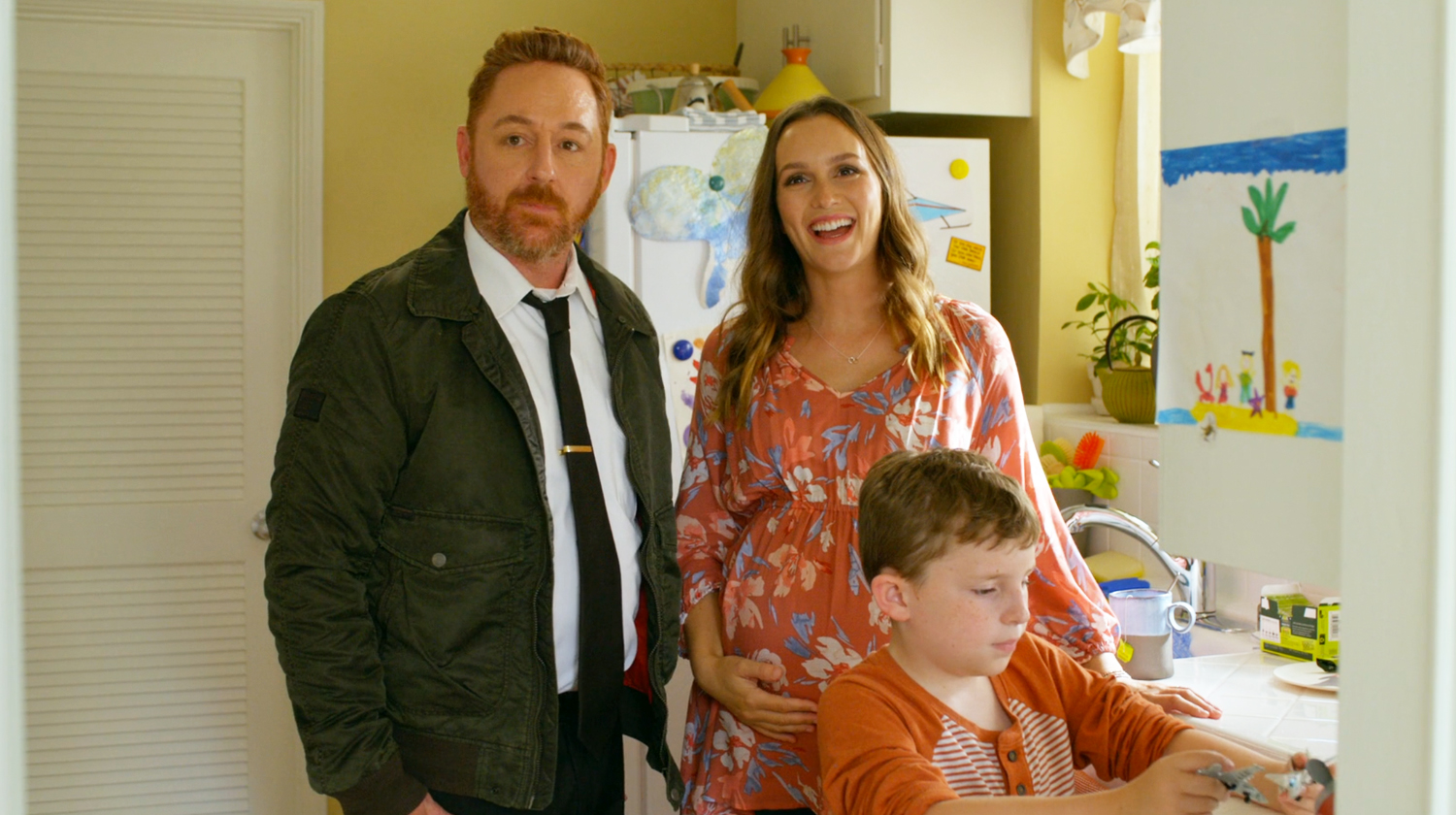
With everyone safely back on the Orville, they return to 2015 and rescue Malloy, who at this point is obviously very happy to see them. In fact, when the Orville arrives, Malloy has only been on Earth for about a month, so theoretically he hasn't sent the message yet. This takes us back to the egg salad sandwich. The implication is that the timeline may have split and the version of events where Gordon sent the distress call, stayed in the 21st century, had a family, and lived a full life there may still exist in a branched timeline.
It's unclear why the production deliberately had Malloy rescued after just a month without having sent the message. It's unlikely to be carelessness, given how meticulous production values are on this show, but at the same time, the COVID-19 pandemic was at full strength during the principal photography phase of production, so it's possible this episode was simply a victim of very difficult working conditions. Perhaps we will revisit this alternative reality once again going forward. Who knows.
Related: 'The Orville' season 3 premiere shows this sci-fi series is a tour de force
Nerd Note: One significant issue with time travel that's guaranteed to be ignored in every movie or TV show that incorporates it is the fact that the planet Earth moves through space. Take "Back to the Future" for example, Marty McFly travels from the car park of Twin Pines Mall on Oct. 26, 1985 to the Peabody farm on Nov. 5, 1955, in essence the same location. But he traveled in time — not in space — so the fact that the dates are different means that the Earth was in a different place in its orbit. For all intents and purposes, Marty should have appeared in the middle of space, simultaneously freezing and suffocating and destined to continue traveling through the cosmos by way of inertia for all eternity because Southern California was 16 million miles further around the sun at the time to which he traveled.
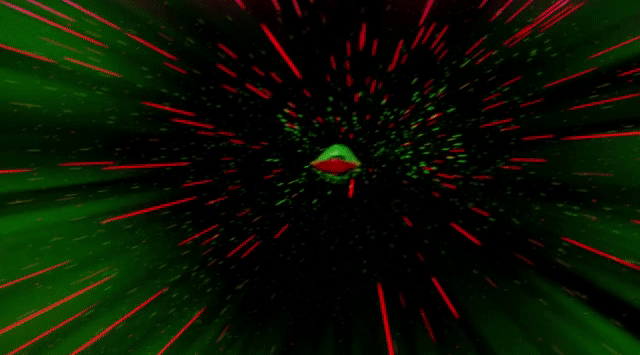
This fact is also overlooked on "The Orville" and a simple bit of helpful exposition could've explained this away. Instead, the crew of the Orville face another dilemma: the unexpected trip to 2015 has all but destroyed the Aronov device. However, Lamarr comes up with an intriguing solution that, while utterly impossible in the real world, within the laws created within this fictional universe, is almost possible. And it would've been totally possible, had the writers not decided to be suddenly constrained by the real world laws of physics.
Lamarr postulates that whenever the Orville is using the quantum drive, they're moving faster moving than light, but the quantum field creates a bubble around the ship, isolating it from the normal spacetime continuum. Otherwise, it would be subject to Einsteinium relativity: time dilation. The closer it gets to the speed of light, the faster time passes outside the ship. So Lamarr just shuts down the field. The very thing it's supposed to prevent, he just allows to happen. And in fact, in-universe, this actually some very clever writing. However, it wasn't perfect, which is a shame, because it could so easily have been.
Nerd Note: Lamarr says that by traveling at "99.9999 percent of the speed of light" (the speed of light is 186,282 miles per second) they can travel 400 years into the future in just a couple of minutes, by swinging around the star Alpha Tucanae, which is about 200 light-years away from Earth. However, at 99.9999 percent the time difference is only 70x as much; one day on the ship equals 70 days outside the ship. To travel 400 years in the approximate two minutes shown on screen they'd need to be much closer to the speed of light. And that in itself might come back to bite the producers in the posterior, because it sounds like the Orville cannot break speed of light — and hence the sudden, unfortunate return to Real World Physics. No, nothing can travel faster than the speed of light...except of course every single starship in "Star Trek" and thus, one presumes, "The Orville."
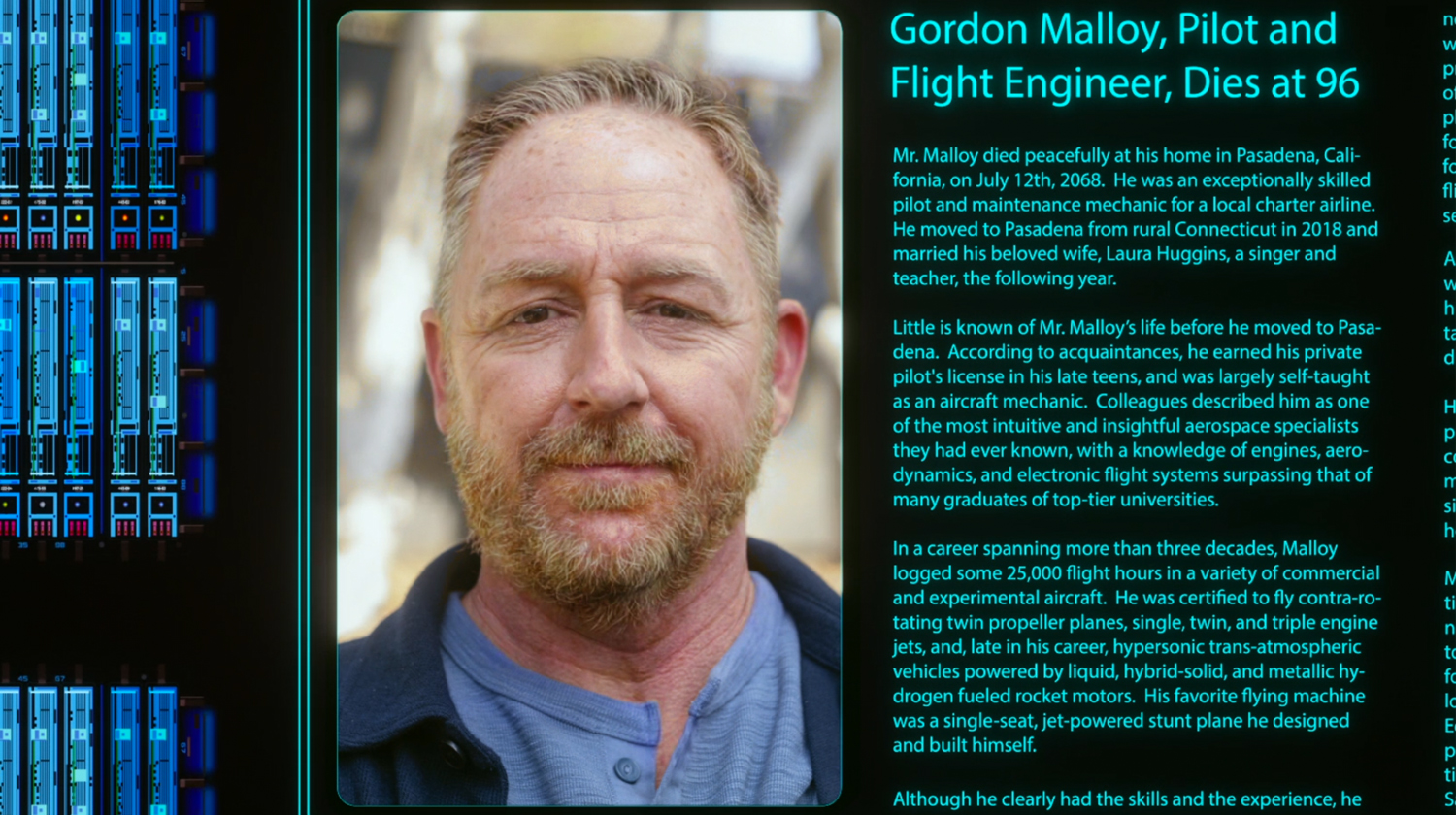
Anyways, they make it back and interestingly, Malloy remarks on how much of a fool he was in 2025 to not want to return. Which again, seems poorly thought out. He's surprisingly cool about the whole thing and it would've been nice to have seen that explored just a little bit more. This visually stunning episode, as we have come to expect, could've benefitted form maybe just one more set of eyes reading over the script.
Mercer and Grayson are certainly obliged to tell him the whole story and we would hope they would. It also remains to be seen whether we will revisit this potentially new timeline that's been created, if indeed one has. Or at the very least, a mysterious egg salad sandwich suddenly appearing out of nowhere and nearly unravelling the fabric of the space-time continuum.
Rating: 7/10
The first and second seasons of "The Orville" are available to watch on and Disney Plus in most countries, and packages in the US start at $6.99 per month. New episodes of Season 3 will drop every Thursday. Viewers in Belgium, Canada, Denmark, Hong Kong, Ireland, Italy, Luxembourg, Norway, Singapore, Spain, Sweden, Taiwan and the UK can watch on Disney Plus with accessibility coming soon for Japan and South Korea. Viewers in Latin American can watch on Star Plus.
Follow Scott Snowden on Twitter. Follow us on Twitter @Spacedotcom and on Facebook.
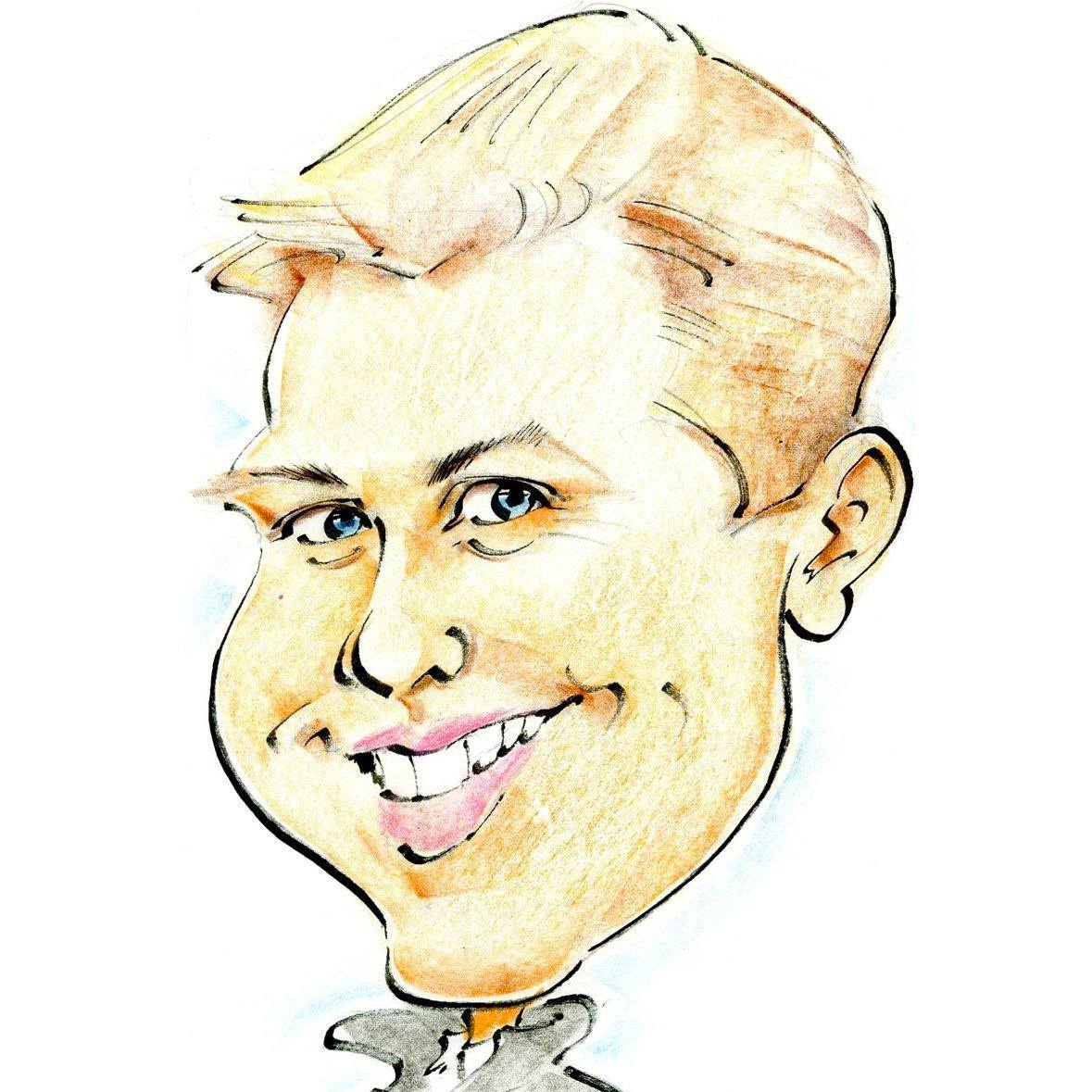
When Scott's application to the NASA astronaut training program was turned down, he was naturally upset...as any 6-year-old boy would be. He chose instead to write as much as he possibly could about science, technology and space exploration. He graduated from The University of Coventry and received his training on Fleet Street in London. He still hopes to be the first journalist in space.
